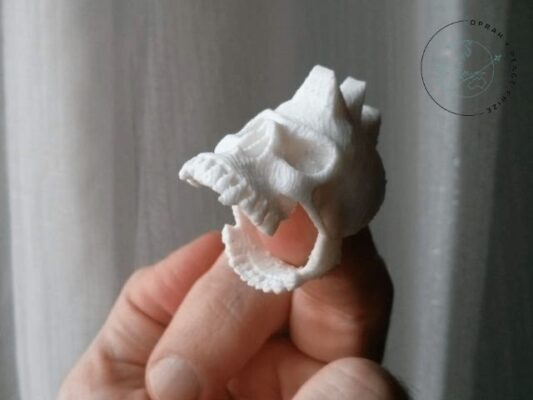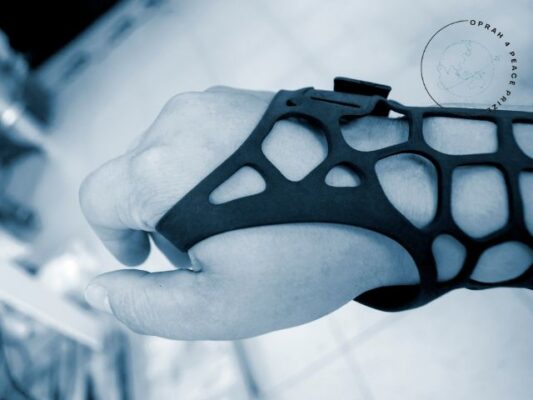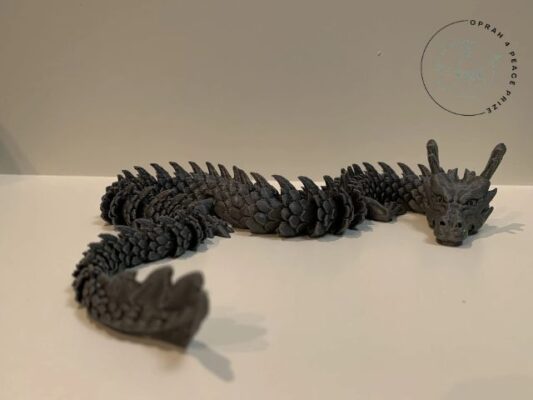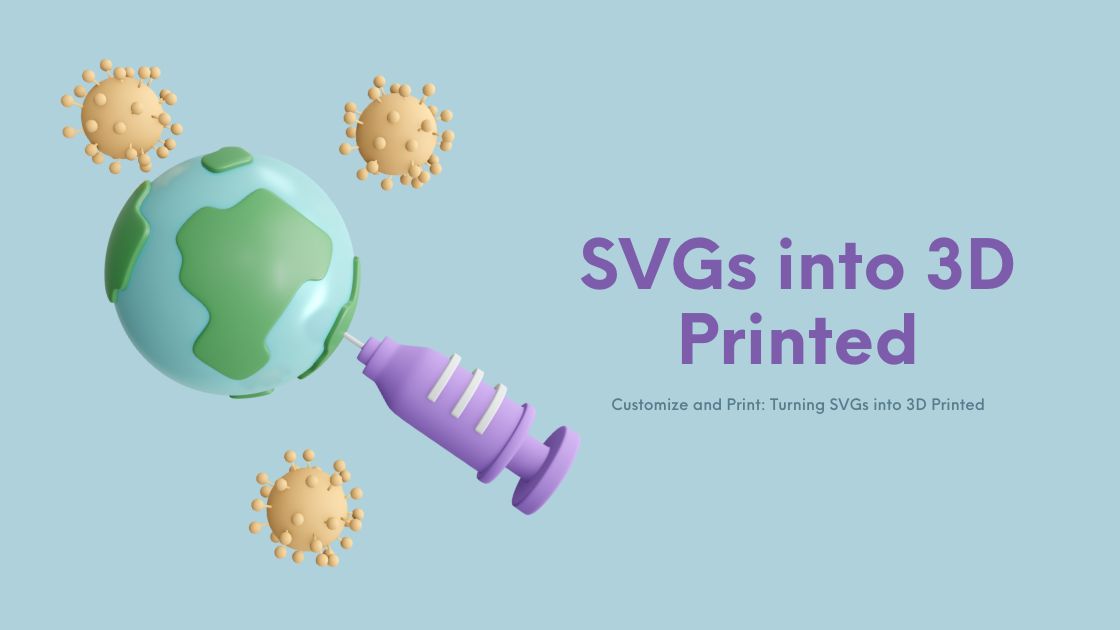In the realm where digital art meets physical form, lies a fascinating intersection of creativity and technology. Here, the journey begins with a humble SVG file, a mere blueprint of potential, waiting to be sculpted into reality. As we embark on this adventure, we’ll uncover the transformative power of 3D printing, where intricate designs take shape layer by layer, breathing life into the once static images. Join us as we explore the intricate process of customizing SVGs and orchestrating their metamorphosis into captivating 3D printed masterpieces, where every curve, every detail, tells a story of craftsmanship and ingenuity.
Contents
SVGs into 3D Printed
Convert SVG to STL
Start by converting your 2D SVG image into a 3D STL model. STL (stereolithography) files are commonly used for 3D printing.There are online tools and software that can help with this conversion. Here are a couple of options
- All3DP: Visit their article on how to convert SVG files to STL for detailed instructions1.
- ImageToSTL: Upload your SVG file, set dimensions and other options, and click the “Convert to STL” button to get your STL file2.

Design and Adjust
Once you have the STL file, you can use 3D modeling software to further design and adjust your 3D model. Popular software options include FreeCAD and Blender. If you’re new to 3D modeling, consider using Inkscape (a vector graphics editor) to create or modify your SVG file. Then, follow these steps:
- Import the SVG into FreeCAD.
- Adjust the position and size of the logo or shape to fit the external wall of your 3D printed object.
- Fuse shapes together in the Part Workbench if needed.

Slice and Print
After finalizing your 3D model, use slicing software (such as Cura or PrusaSlicer) to prepare it for printing. Load the STL file into the slicer, configure settings (layer height, infill, supports, etc.), and generate the G-code. Finally, load the G-code onto your 3D printer and start the printing process.

Conclusion
In the realm of digital design and fabrication, the fusion of SVG files and 3D printing opens up boundless possibilities for creative expression. From envisioning intricate shapes to bringing them to life through additive manufacturing, this journey epitomizes the marriage of artistry and technology. As we conclude our exploration, we witness the tangible manifestation of imagination, where every layer signifies a moment of innovation and every print unveils a testament to human ingenuity. With each creation, we not only celebrate the fusion of digital and physical worlds but also pave the way for future endeavors in the ever-evolving landscape of creative production.
Related Post
7 Anime Room Decor Ideas to Beautify Your Room
Top 12 Best New Photoshop Portraits Actions
Understanding Digital Art: Digital Collage

